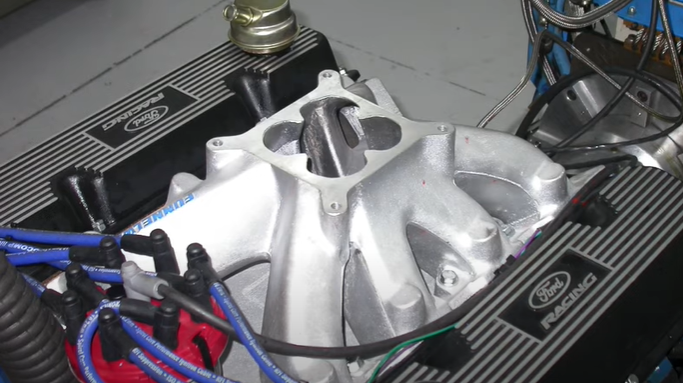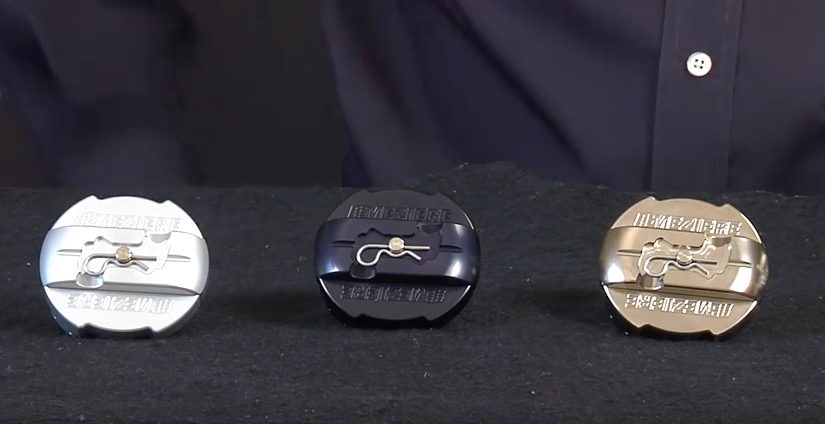
If you are an off-roader, and have ever used a winch, then you are probably familiar with a snatch block. If you’ve ever had a hard time dragging a car onto your trailer with a winch and have used a snatch block to help, you know to use them, but may not know why. If you’ve used one, even if you don’t know that you know, you have experience with the Pulley Principle. I won’t bore you with too much physics, but here are the important parts. Generically speaking, using a snatch block does two things. First, it makes the winch work half as hard, or able to pull twice as much, and second it pulls half as fast. Again, it’s simple physics, but the snatch block has been around for hundreds of years. Seriously, the same principles and technology have been used in moving things and lifting things since man first made the wheel. But is there something better? The technology changes in the rest our world surely have impacted the snatch block right? Well, sorta.
Instead of just having snatch blocks, now there are snatch rings, which work on the exact same principle but with a little more flexibility. Again, same physics, but different logistics and ergonomics. But is one actually better than the other? And does it matter just how you are using it? Keep in mind, snatch blocks and snatch rings are not just used to make your winch stronger, but also to be able to change the direction of a pull. Does this change which one is better?
I’ve never used a snatch ring, but now that I’ve seen them I think there is some merit in keeping one in the trailer box to go along with my other wince accessories, like my snatch block.
Before you watch this video, be fare warned that there are some physics class moments in the video, but the payoff is actual testing while pulling rigs with a winch cable. This is real world testing, with all the physics and dynamics explained.
[embedded content]






